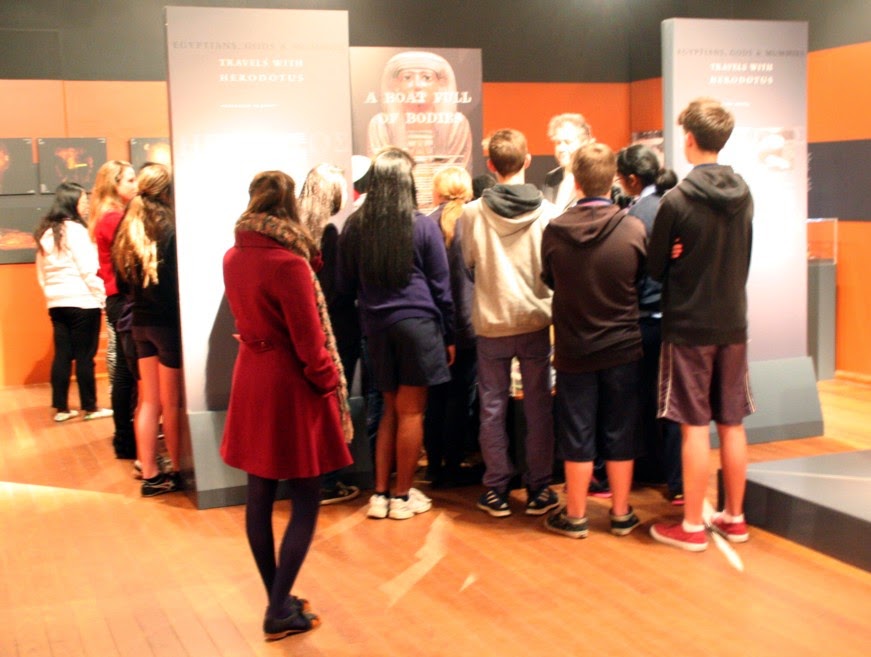Sydney's full of funny little niche museums. For example, there's the Army Artillery Museum, the Scout Museum, the Tennis Museum, Fort Denison, Hyde Park Barracks, the Justice and Police Museum, the Museum of Australian Currency Notes, the Museum of Freemasonry, the Susannah Place Museum, the Bus Museum, the Harbour Bridge Museum, the Jewish Museum, the Sydney Mint, Sydney Observatory, the Tramway Museum, and the White Rabbit Gallery, to name but a few.
Two such examples are located at Sydney University. There's the Nicholson Museum ('largest collection of antiquities in the southern hemisphere'), and there's the Macleay Museum, which I popped into last week for the first time.


This one is all about natural history, but it's also part of our history. It's got enormous collections of all sorts of things, many dating from before Australia's European settlement. Especially insects, but also mammals (including a Tasmanian Tiger skeleton), ethnography (New Guinea mainly), historic photographs, and scientific instruments (including the University's first primitive computer). Most of the collection, especially the most fragile historic things, are kept deep in the bowels of the building somewhere, but the nicely sized gallery that's open to the public has a beautifully traditional museum-like feel to it, and a sufficient collection of all this stuff to keep you enthralled for a good hour or two.

The story of the Macleay family is quite interesting. Alexander Macleay was the Colonial Secretary in the early 19th century, and was a prolific gentleman collector who brought his enormous collection with him. Two subsequent generations of Macleays kept up the tradition, did useful work in classification, met Charles Darwin, the lot. When the collection outgrew their house (the fine Elizabeth Bay House - a heritage house and museum in its own right, which I've yet to visit), they donated it all to the university.































